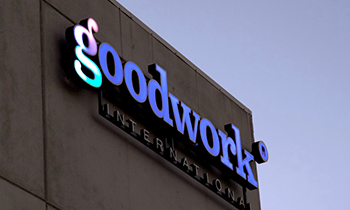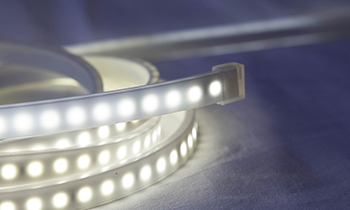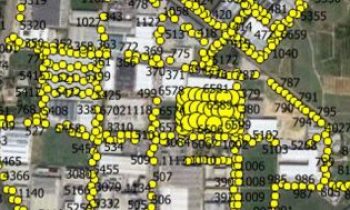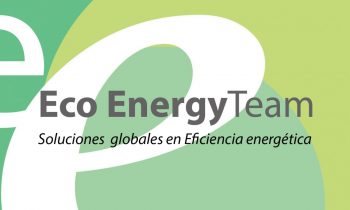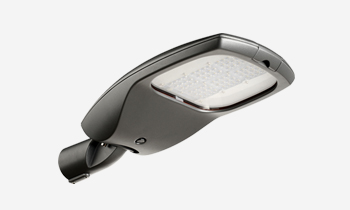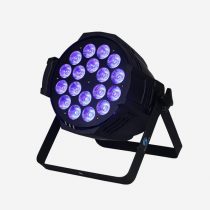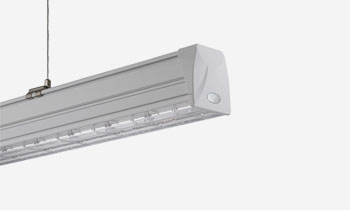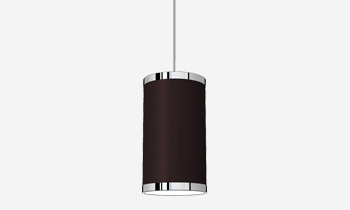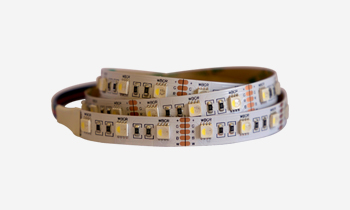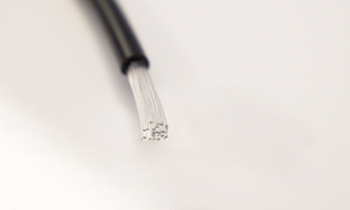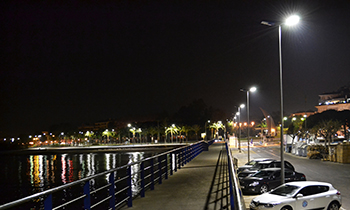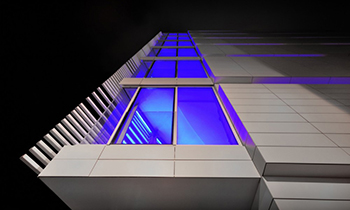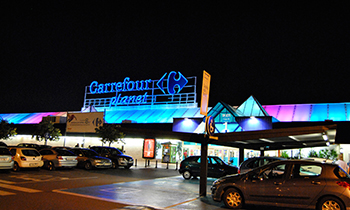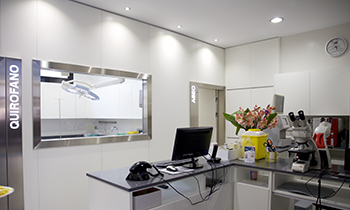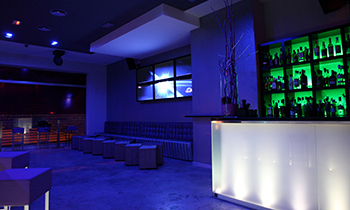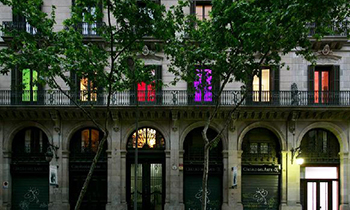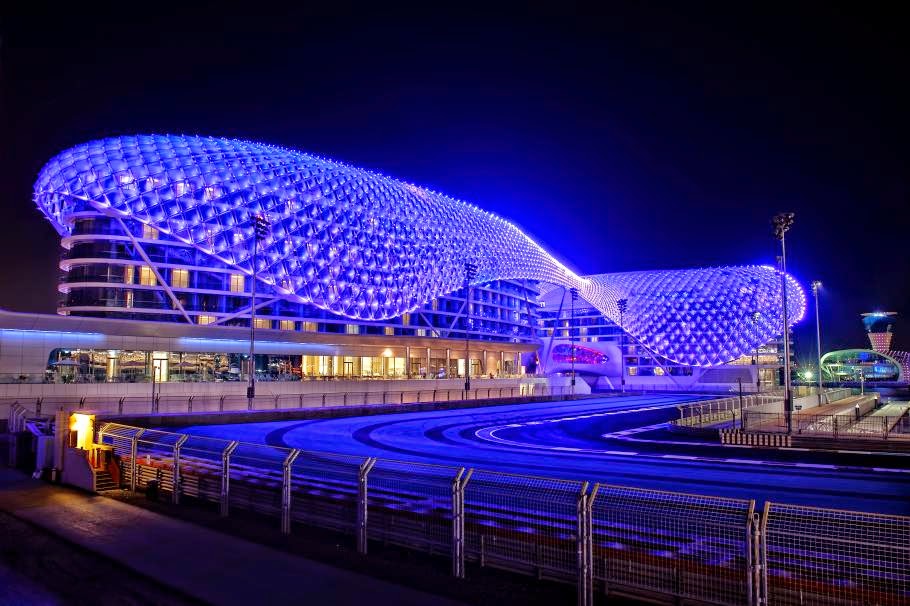At Goodwork we have spent years researching in the development of products that provide the highest quality of life for people in their work environment, especially those that perform tasks of high visual demand. Improper high bay LED lighting can cause discomfort and illness in people who work under these conditions with assiduity. Disorders and ailments such as fatigue, headaches, anxiety, uncomfortable postures, reduced productivity, alteration in the menstrual cycle of women … even accidents, can be avoided with proper LED lighting.
Good conditions in the workspace will help to motivate and boost the productivity of the team.
INDUSTRIAL LIGHTING
As experts in visual ergonomics, industrial lighting is one of our strengths. With the high bay LED lighting, we design the lighting suitable for each area and user in the workspace. Industrial LED lighting must be, above all, functional and reliable. The warehouses and warehouses are big consumers of energy and in many cases, the production chains need to be in operation 24 hours, reason why it is basic to be able to obtain savings in the consumption and security for the users.
The main advantages of industrial LED lighting are:
– Luminous Efficiency: Goodwork high bay LED lighting ensure savings of up to 70-80% compared to conventional lighting. Its instant ignition means that you do not waste energy in producing light.
– Adaptability: LED industrial lamps offer great adaptability depending on the architecture and application. They are also easy to install and maintain.
– Thermal dissipation: Goodwork high bay LED lighting have a unique heatsink design and a ventilation system that provides excellent heat dissipation, instead of other industrial bells that make the heat concentrate by worsening efficiency and shortening the life of the lamp.
– Different beam angles: different possibilities of opening according to the needs to achieve a high visual comfort and a homogenous illumination, without flares, or undesired brightness.
– Reflectors: our reflectors are made of high quality polycarbonate and aluminum, which makes the Goodwork high bay LED lighting are lighter and more resistant.
HOODS LED
Goodwork high bay LED lighting meet the highest quality requirements for optimum industrial lighting. To lighting ships, warehouses, logistics areas, but not only industrial environments, but also LED tunnel lighting, gas stations and oil stations, penitentiaries, heliports, etc. We put at your disposal a wide range of high bay LED lighting that achieve a great use of energy and adapt to high ceilings. They are easy to maintain thanks to their simple installation and lifespan. In addition, Goodwork high bay LED lighting, allow you to add smart lighting control systems, allowing you to manage the individual control of the various zones, optimizing and maximizing potential. Smart lighting control systems allow the use of each light scene. We have multikevin control controls (you can change color temperature according to the moment or mood), intensity, presence and movement.
Goodwork high bay LED lighting allow you to save up to 80% thanks to its latest generation SMD LED plate that has a luminous efficiency of 160 Lm/ W and the high quality polycarbonate optical protector without loss of light. With only 70W it achieves the same light output as 250W traditional HID at approximately a height of 6-8 meters.
Within our models of LED lamps adapted to industrial solutions, you can find the wide range of GW Industrial Light. Efficient and environmentally friendly luminaires (environmentally friendly, as they do not emit harmful gases into the atmosphere). All of them, combine a high light output and an unbeatable saving of consumption. This allows the investment to be repaid in a few months, making it a profitable and durable investment. The materials and optics used are specially designed for the absolute utilization of the luminous flux. They are products that work at full capacity in extreme conditions of humidity, temperatures from -35ºC to 60ºC, or with large amounts of dust and dirt.
Do not hesitate any more and move to LED with Goodwork.

